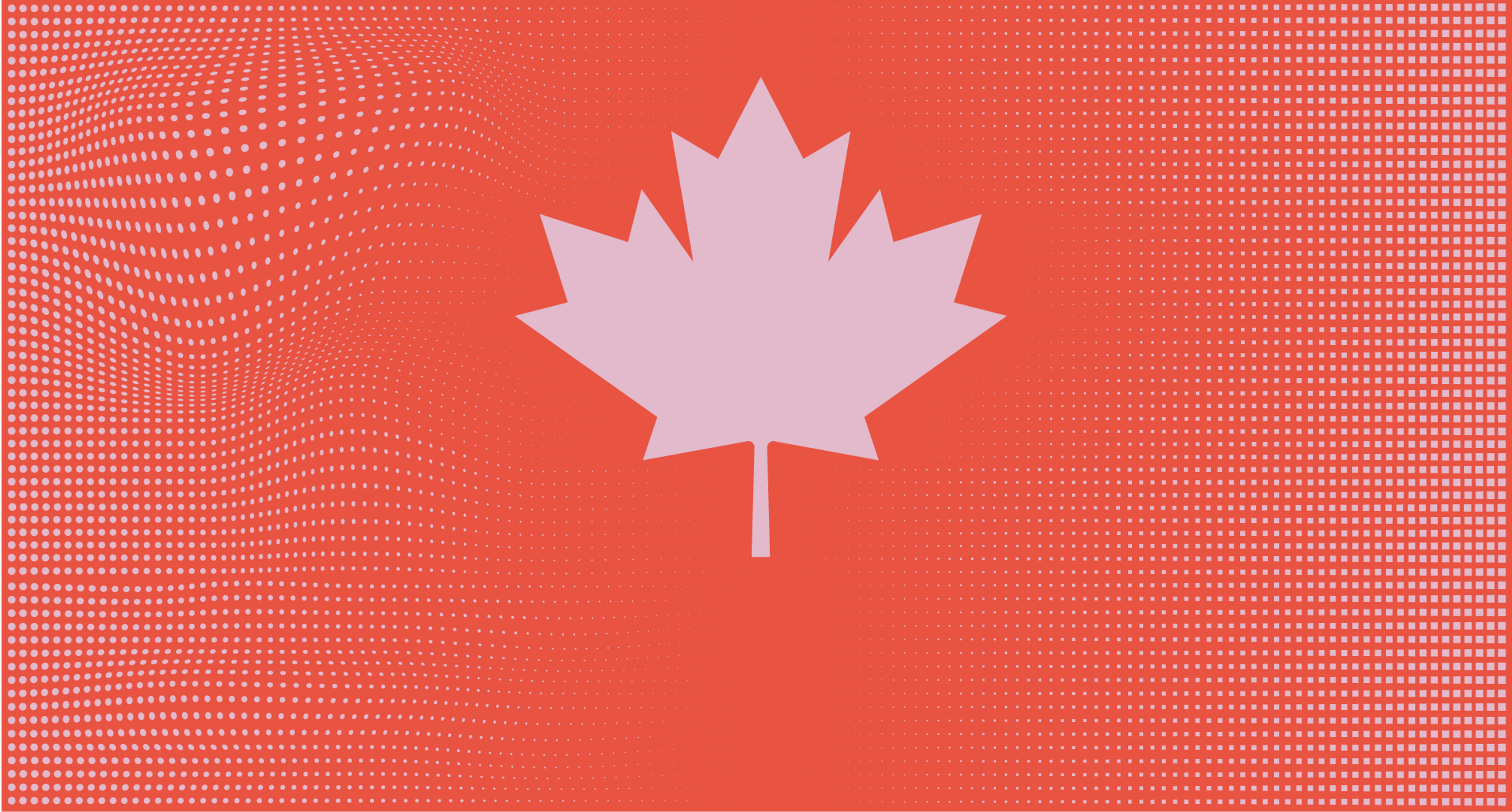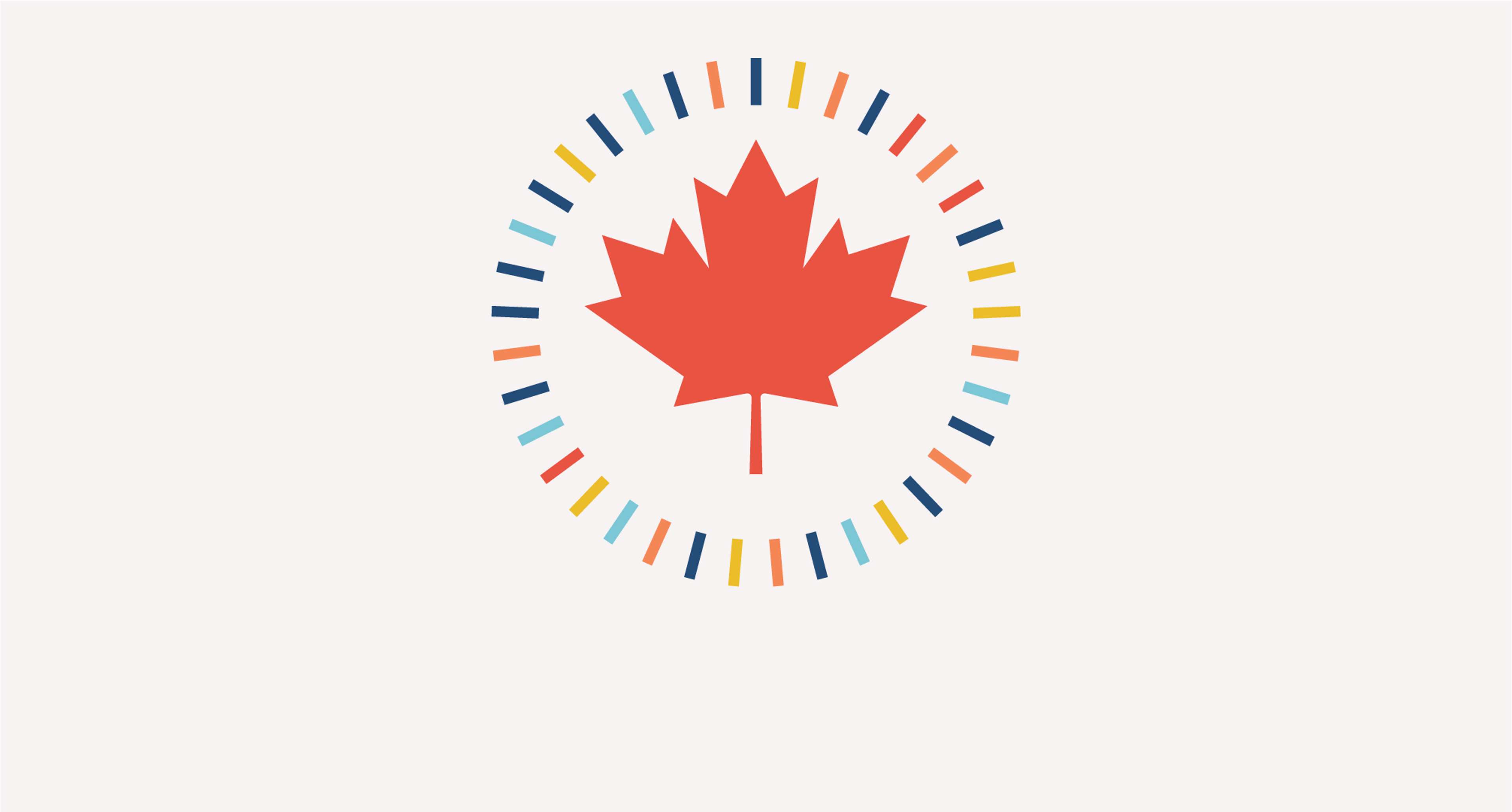
'Canada Strong' Budget 2025: the opportunity for lean delivery

On Tuesday 4 November, as our team finished up some talks at the FWD50 conference in Ottawa, Prime Minister Mark Carney unveiled his first federal budget, dubbed “Canada Strong.”
It is an ambitious plan. Major investments in housing, defence, infrastructure, and clean energy, alongside a record deficit and a significant reduction in the federal public service.
Behind the headline figures sits a broader test, not only of fiscal discipline, but of delivery discipline. The challenge is no longer what the government spends, but how it delivers.
Ambition meets constraint
The 2025 Budget commits tens of billions to what the government calls “generational investments”: Arctic infrastructure, clean-energy corridors, and high-speed rail between Toronto and Quebec City.
At the same time, Ottawa will run a $78 billion deficit and reduce the federal workforce by about 40,000 positions by 2029. It also promises attractive early pension buy-outs for those aged 50 and above with 10 years of service, an offer which could significantly shift the demographics of the public service.
For the first time, the budget distinguishes operational spending from capital investment — a clear signal that credibility will depend on where and how capability is built for the long term.
Canada now faces the same challenge many governments encounter in periods of constraint: how to deliver more, and do it better, with fewer resources.
We have seen this before. And here at PD we like to say "never waste a crisis”. So while a slimming public service and record level service demands seem like a nightmare, this has actually created tremendous opportunities in the past. For instance, in the UK, fiscal consolidation and delivery reform happened in parallel. When the Government Digital Service was established in 2011, it didn’t just save money, it rebuilt trust from citizens that its government could deliver.
Canada has the potential to re-think how to deliver core services and build something that is both human-centered and more efficient. As the Budget says: “this is about doing things faster, simpler and better”.
Tax reform
In furtherance of that battle cry, the Government has now promised that the Canadian Revenue Agency (CRA) will proactively deliver tax returns and the social benefits for up to 5.5 million Canadians. By reusing data that already exists within government, millions more Canadians will receive the benefits they are entitled to without completing a form.
Last month, I wrote about this in more depth exploring how the same consent and data frameworks behind automatic tax filing could support other entitlements, from student grants to retirement benefits.
And on The Functional Government Podcast, I discussed how complex tax systems compound exclusion, and why automation must be built on trust and consent.
PD has led digital transformation projects with tax authorities around the world and knows how challenging this space can be. The Government’s leadership in this area signals that it is serious about delivering differently.
At its core, this Budget signals a tipping point. Time is up for solving old problems with old solutions. We need to destroy traditional data silos, build fewer things that work for more people, prioritise ruthlessly, and deliver products that Canadians trust.
This work will certainly involve new tools, including AI, but those potential solutions should not overshadow the tried and true proven ways of working which deliver value quickest - things like multi-disciplinary teams, user research and having a clear strategy.
We believe that Canada can seize the opportunities before it to truly deliver and that now is the time to show how digital transformation really can make things faster, simpler and better for Canadians.
On 20 January 2026, join FWD50 and Public Digital for PD Day: A blueprint for a future-ready state.
Publications
Written by

Alexandra MacEachern
Director

